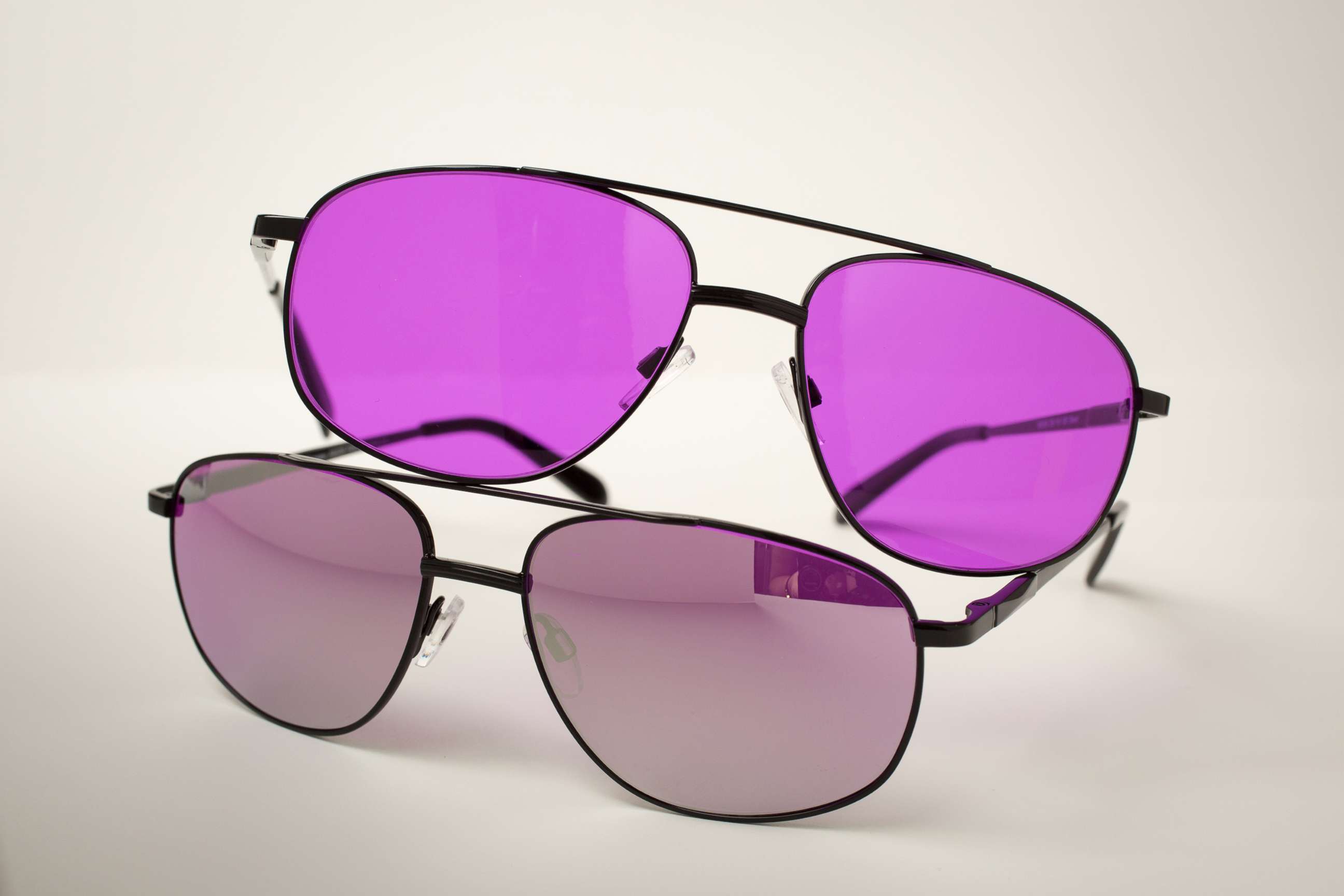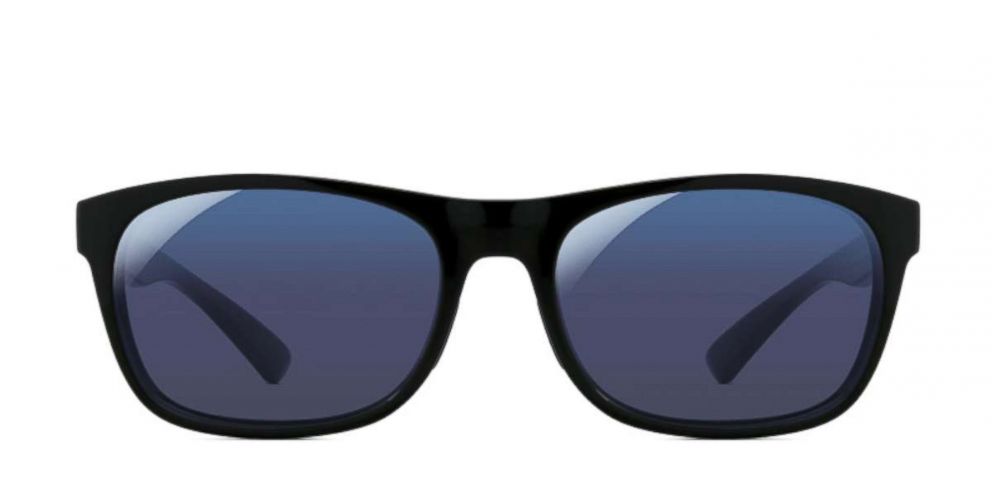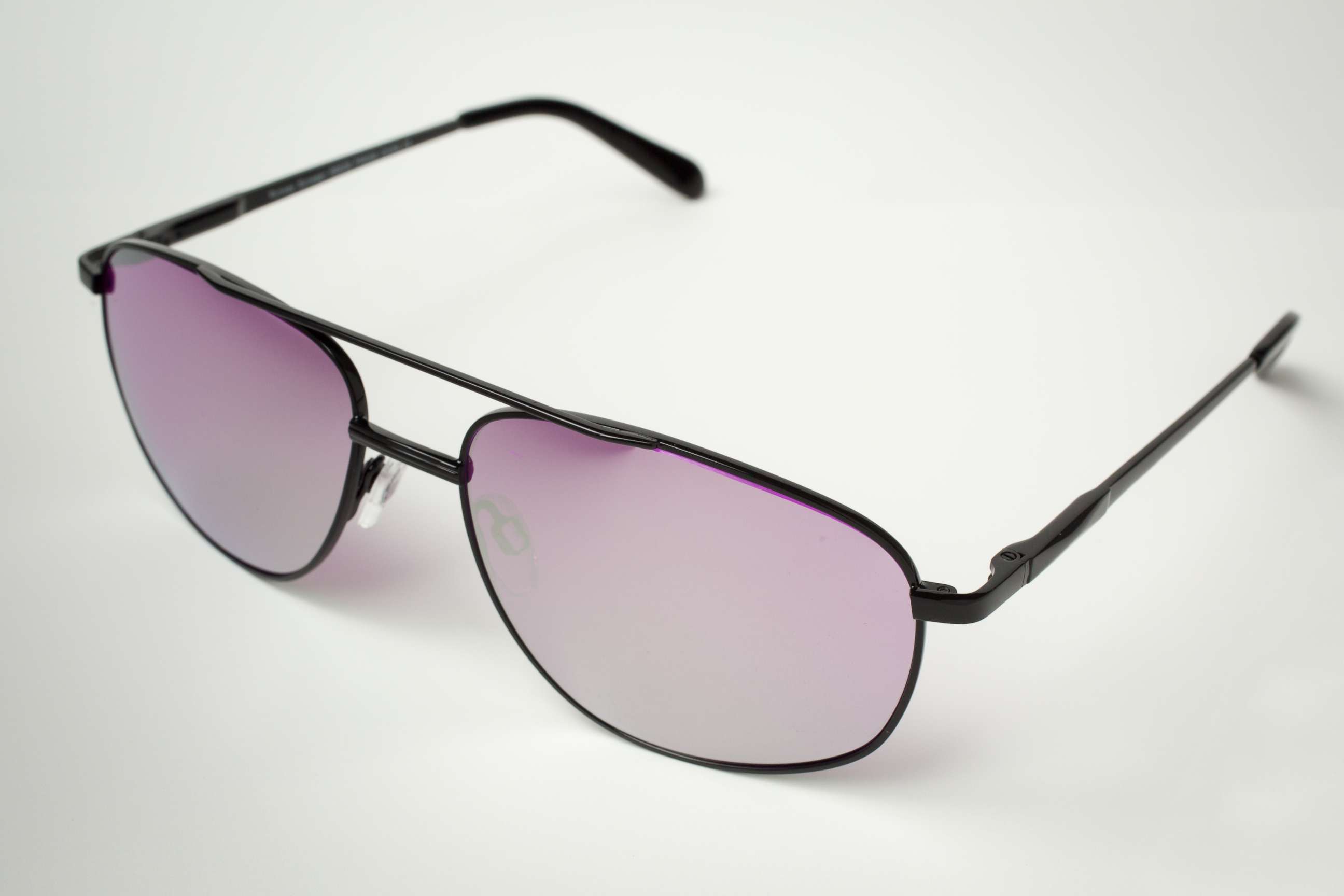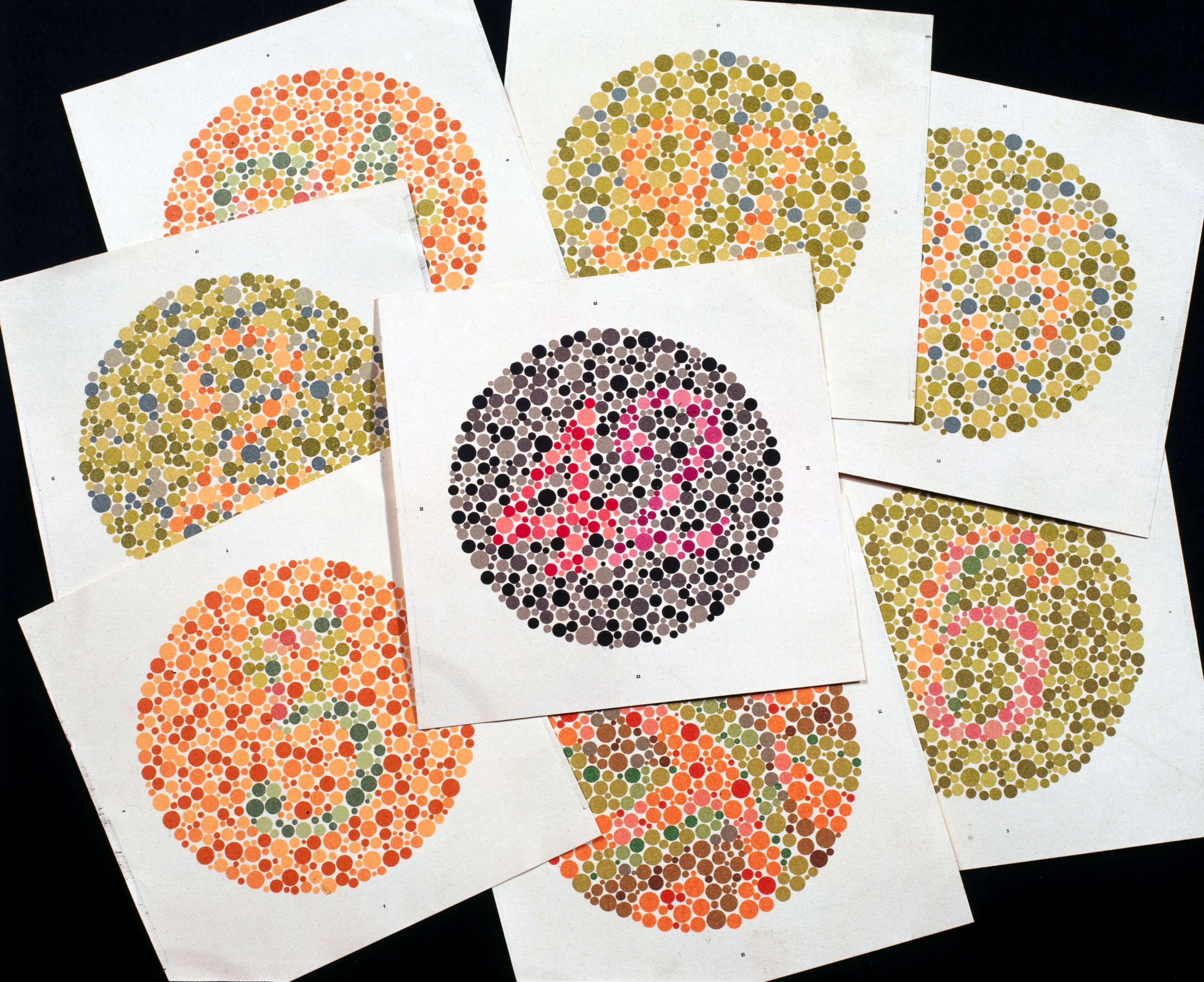How specialty glasses allow some colorblind people to 'perceive color better'
Using specialized filters, people with colorblindness may see more colors.
— -- When 17-year-old Cole Williams was surprised by co-workers with the Christmas gift of Enchroma colorblindness glasses, he was just excited to be able to match his clothes for high school.
Williams is one of many who has benefited from a growth of options for people who are colorblind to see a new world of color.
The internet is filled with videos, like Cole's, which went viral in December. But how do the lenses work?

What is colorblindness?
Every case of colorblindness varies, meaning the eyewear's effectiveness can vary.
In some cases, the sight through the glasses is not as dramatic as viral videos may make it appear.
"You're not cured by putting on the glasses," Jay Neitz, a professor and vision research scientist at the University of Washington in Seattle who has been studying color vision since 1980, said.
Colorblindness affects someone by limiting their color vision, not giving them a full spectrum of the rainbow.
"The definition of color vision is the ability to tell the difference of wavelengths of light in order to tell colors apart," Neitz said.
Eyes process color through red, blue and green cones -- light receptors in the retina -- and those with red-green colorblindness have red and green cones that are either overlapping or absent, according to the National Eye Institute (NEI).
The most common type of colorblindness is red-green with almost 99 percent of all cases, followed by blue-yellow and complete colorblindness.
Eight percent of men and 0.5 percent of women with Northern European ancestry have red-green colorblindness, according to 2015 data from the NEI.
“Of the 8 percent of males, about 2 percent have a more severe type of color deficiency where the other 6 percent have just a mild deficiency,” said Geoffrey Goodfellow, an optometrist at the Illinois College of Optometry.
People living with forms of colorblindness see colors as muted compared to what “color normal” people see, Goodfellow explained.

The glasses are a tool, not a cure
Certain colorblindness tests can be passed by a patient wearing specialty lenses. However, that doesn’t mean that it is a permanent solution to seeing true color, or that a patient is seeing true color at all.
"[People with red-green colorblindness] don’t have the sensation of red and green, and by blocking wavelengths like the glasses do, they will still never see red and green," said Nietz, noting that the people with color deficiency don't have the receptors in their retina that will let them see those colors.
The glasses provide a distinction between light and dark, Neitz said, and that is what allows them to see the difference between colors when wearing the glasses.
"The truth of the matter is that if [someone with colorblindness] doesn't have the sensors and sensations of red and green, you cant give those sensations to them," explained Neitz.
But color vision companies Enchroma, VINO Optics and Color Correction System agree that their services and products are tools to aid color vision, not cures for colorblindness.
"Once you take the glasses off, the problem is still there," said Goodfellow.
The glasses don’t change the eye’s ability to see true colors.
“The most important thing is that someone sees their eye-care facilitator to get a diagnosis and find out what kind of [colorblindness] they have,” said Goodfellow. “Talk to [eye-care facilitators] about the new technologies available.”
The NEI said that the glasses are a potential option for people with red-green colorblindness and are best used in bright lighting and outdoors.
Enchroma

Enchroma's eyewear, which starts at $349 a pair, shows improved red-green color perception for wearers without distorting other colors a colorblind person may already see well, according to the company's own clinical studies.
The lenses have filters that absorb certain wavelengths of color light and the lenses slice up light to "reestablish colors," said Don McPherson, Enchroma's chief scientist.
For most people trying on the glasses, it takes five to 15 minutes for their eyes to adjust to the filters and see a change.
The glasses can let colorblind people “perceive color better,” but don’t give anyone 100 percent color vision, the company said.
Enchroma’s lenses are not the only ones on the market.
VINO Optics

Mark Changizi, co-founder of VINO Optics and a neuroscientist, argues that the reason humans have a red-green color vision in the first place is to see emotions through the blood underneath the skin.
This theory comes from his 2006 discovery that "primates evolved for seeing oxygenation modulations under the skin, thereby allowing humans to see emotions, health and other states."
Since the discovery, his company-designed glasses include filters that enhance red and green color saturation, the same hues of oxygenated blood, explained Changizi.
Originally, its lab designed the lens for a medical professional to better see veins and bruises.
“We didn’t know it would be a market when we did this,” said Changizi of their colorblind glasses that start at $347 for a pair.

ColorCorrection System
For Thomas Azman, colorblindness glasses gets customizable -- at the steep price tag of $8,900.
Azman is an optometrist with 43 years of experience in color vision under his belt, and he compiled a database used to diagnose his patients called the ColorCorrection System.
The optometrist sees patients at his office in Baltimore, but he also travels the world to make home visits.
His service begins with a series of color tests that take eight hours on average for a patient to complete, said Azman.
The test results are sent through his database of research, giving him the information that he needs to make lenses with specific filters that target each color a patient can’t see, explained Azman.
Looking to the future
This is no known cure for colorblindness and colorblindness glasses are only seen as a treatment option, according to the NEI.
Meanwhile, Enchroma is continually testing people that are wearing their eyewear to study their vision results and improve their online vision tests, said McPherson.
"It's a never-ending puzzle," said McPherson of vision science and testing results.
For color vision researchers like Neitz and Azman, there is hope to one day find a cure.
Nietz has been part of a successful gene therapy study that cured a monkey of red-green colorblindness, and he and his wife are still working to get the therapy to patients.
"[Gene therapy] gets right at the cause," Neitz said of colorblindness since the condition is usually hereditary.
There's no approximate date for when the therapy will be available.
"In another 10 years, who knows what people would come up with?" Neitz said.




